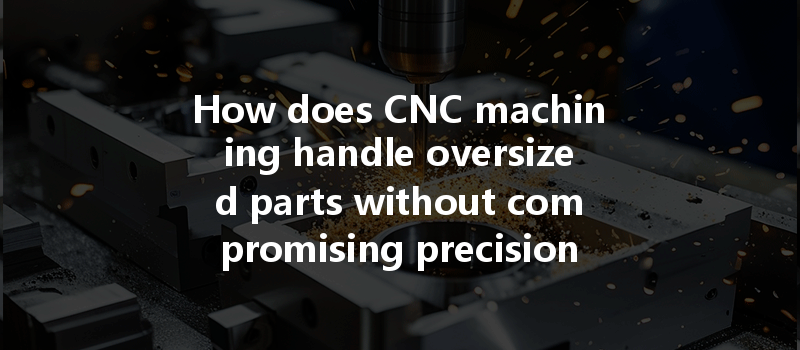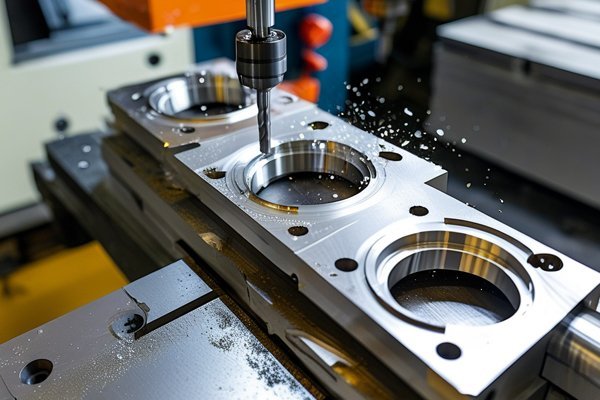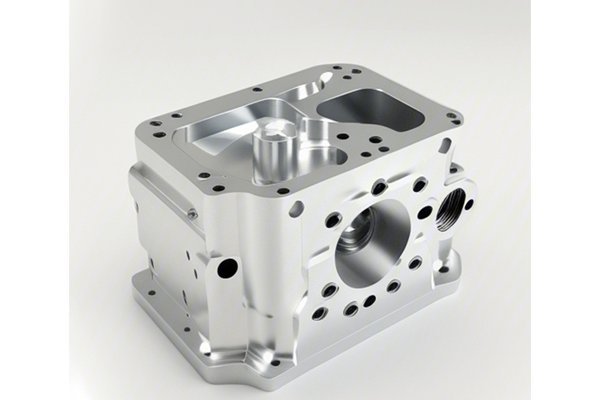Did you know that the global CNC machining market is expected to reach an astounding 100 billion USD by 2023? As industries continue to evolve and demand sophisticated manufacturing processes, CNC machining has emerged as a reliable solution for producing complex parts efficiently and accurately. One of the prevalent challenges in this field is processing oversized parts while maintaining exacting specifications. In this comprehensive blog, we will delve into how CNC machining can effectively manage oversized parts without compromising precision and quality.
Understanding CNC Machining
What is CNC Machining?
CNC, or Computer Numerical Control, machining is a manufacturing process where pre-programmed computer software dictates the movement of machinery and tools. This advanced technology is utilized for managing a variety of complex tasks, such as drilling, milling, and turning materials ranging from metals to plastics.
Why is it Important?
The significance of CNC machining is highlighted by its capabilities of producing parts that are both intricate and precise. Its adaptability allows manufacturers to innovate and enhance their product offerings, catering to various industries such as aerospace, automotive, medical, and more. With the advent of oversized parts in modern manufacturing, understanding how to properly manage these components through CNC machining is crucial for success.
The Challenge with Oversized Parts
What Constitutes Oversized Parts?
In the CNC machining world, “oversized parts” widely refers to components that exceed typical dimensions or weight limits of standard CNC machines. These parts may encompass components such as large airplane wings or engineering frameworks, which require precision beyond the capabilities of a conventional machining setup.
The Implications of Oversized Parts
Handling oversized parts carries several implications, including:
Potential Solutions for Managing Oversized Parts
While the challenges presented by oversized parts in CNC machining might seem daunting, there are effective solutions that manufacturers can employ to ensure successful machining processes.
Specialized CNC machines are designed to handle larger and heavier components. These larger machines often come equipped with enhanced features such as:
Fixtures are crucial for the stability of any machining operation, and when it comes to oversized parts, modular fixtures can greatly enhance effectiveness. Here’s how:
Toolpath optimization plays a significant role in managing oversized parts. Here’s how manufacturers can capitalize on it:

Regular calibration and measurement of both tools and machines are essential, especially for oversized components. Here are key steps:
In some cases, machining oversized parts in one operation can be inefficient. Manufacturers can consider:
Ensuring your staff is well-trained in advanced CNC machinery is vital for handling oversized parts effectively. This can include:
When managing oversized components, collaborating with external vendors might bring benefits:
A well-thought-out manufacturing plan is essential for managing oversized parts effectively. Key components of such a plan might include:
Managing oversized parts in CNC machining involves a multi-faceted approach that balances technology, technique, and team expertise. By leveraging specialized equipment, optimizing toolpaths, focusing on precision measurement, and fostering industry collaborations, manufacturers can achieve the delicate balance of processing large components efficiently without compromising quality.
As we move forward into an era where manufacturing demands increase in complexity and scale, understanding how to handle oversized parts will remain a pivotal concern. Optimizing these processes not only improves operational efficiency but also can significantly reduce costs and enhance product quality. Hence, growing familiarity with these techniques is crucial for anyone involved in CNC machining.
Why is This Blog Important?
This blog serves as a comprehensive resource for manufacturers, engineers, and business owners looking to improve their CNC machining processes, specifically surrounding the complexities of oversized parts. By equipping yourself with the knowledge and techniques discussed, you empower your organization to handle future manufacturing challenges expertly and contribute to the growing innovation within the industry.






